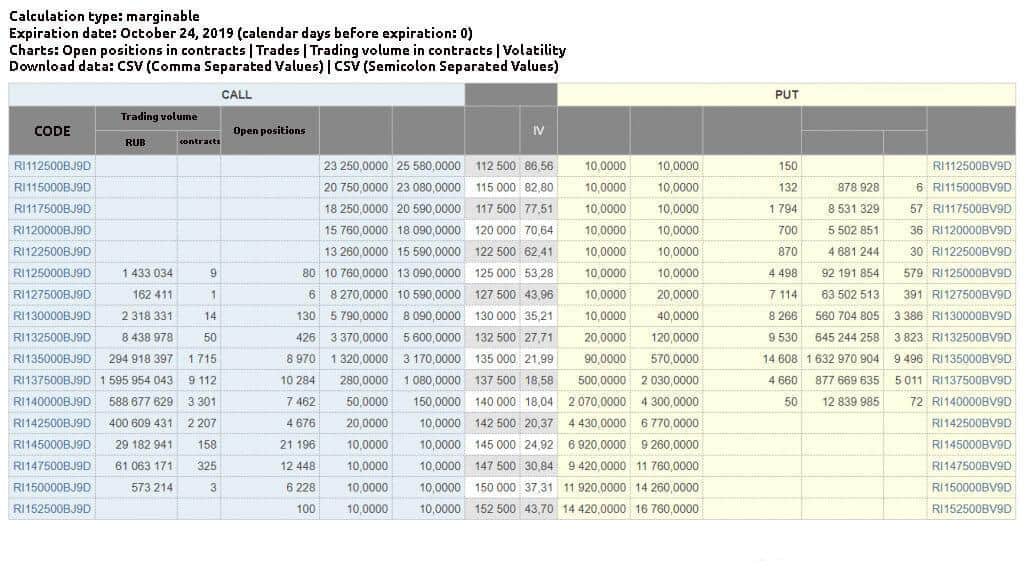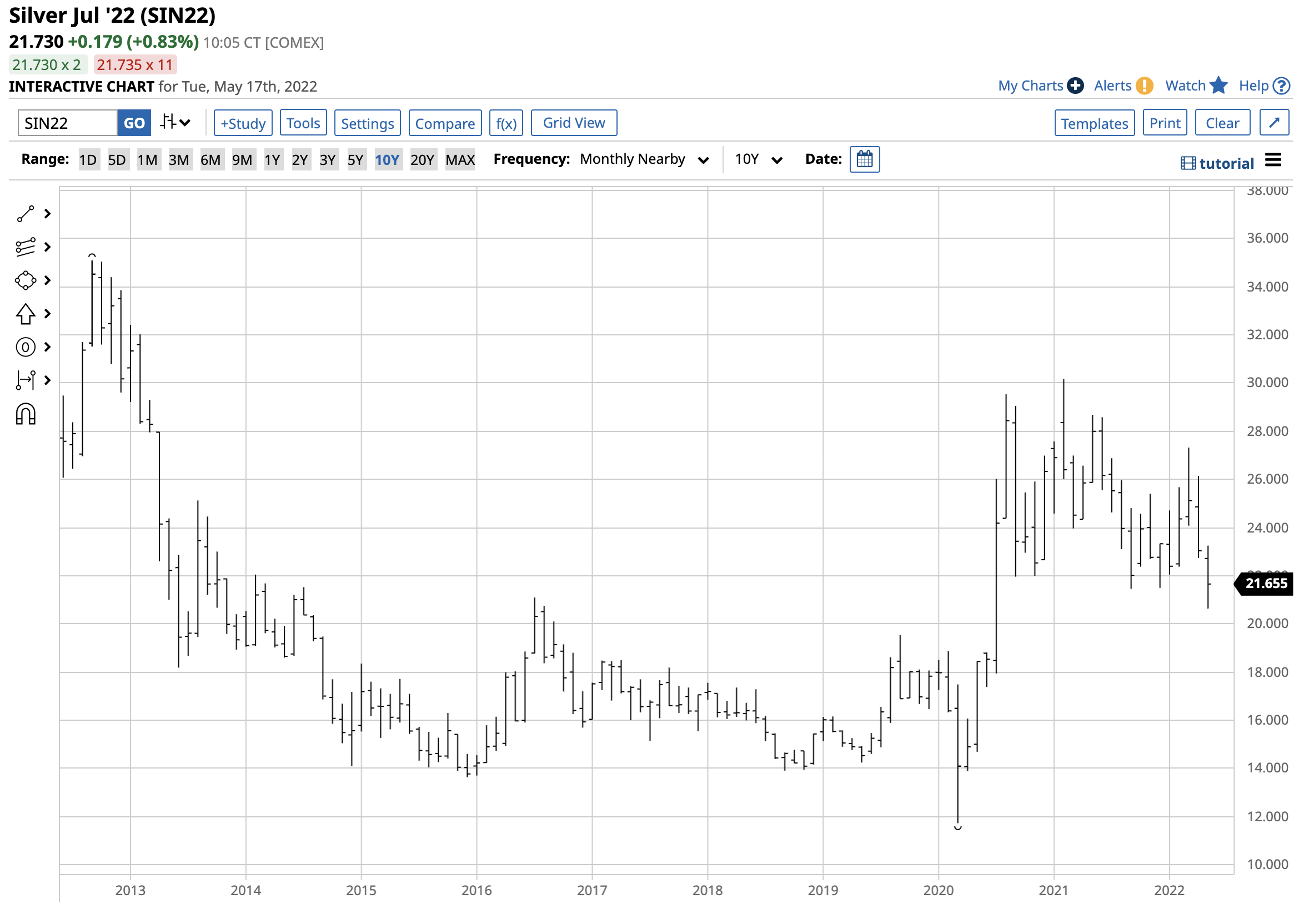
Before you invest in any bond strategy, it is important to fully understand the risks and advantages. This article will focus on the Risk of Interest rate and reinvestment, Tax efficiencies, and the Ladder strategy. These strategies are designed to help you avoid the most common pitfalls and maximize your return. Keep reading to find out more. The following strategies can be used to help beginners. You can combine strategies from different sources into one portfolio to achieve a specific goal.
Interest rate risk
When investing with bonds, investors should be familiar with the risks associated interest rate risk. Bonds are a safe haven investment but, like stocks, they are also susceptible to changes in interest rates. For example, if interest rates were to rise by 2% tomorrow, the price of a 10-year Treasury would decrease by 15%. A 30-year Treasury with a rate of interest equal to 2% would be worth 26% less if it rose by the same amount.

Reinvestment risk
A common financial risk investors face when investing in bonds is reinvestment risk. Reinvestment risk occurs when an issuer calls a bond before it matures and issues a new one with a lower coupon. A holder holding a 10% bond would be eligible to receive the principal but must also find other investment options. Although most commonly associated with bond investing, the term "reinvestment risk" can be used to describe any investment that generates cash flow.
Tax efficiencies
There are several advantages of holding different asset classes in retirement accounts. Tax-efficient investments will be more tax-efficient if the interest rate is lower than the longer term. Tax rates for short-term bonds are lower than those for longer-term bonds, while high-quality bonds can also be tax-efficient. You can also make asset location decisions based on tax efficiencies. Here are the most frequently used tax shelters available for bonds. These considerations should be taken into account when you choose your investment funds.
Strategy for the ladder
The Ladder strategy in bond investing can be a good way of diversifying your portfolio. The staggered maturity strategy allows you to profit from current interest rates and minimize the cash flow consequences of credit risks. Investors who desire predictable income can also benefit from bonds at different levels of the ladder. You must ensure that you do not buy bonds with call features to make the strategy work. They will not earn interest if they are called.

Cash flow matching
A type of investment strategy that cash flow matches is called cash flow matching. In this approach, a client selects bonds with a particular face value and holds them until maturity, generating cash inflows to meet future liabilities. It does require a long-term financial plan. The best way to implement this strategy is to consult an advisor and develop a plan based on your goals and risk tolerance. You can read more about this strategy.
FAQ
How can I select a reliable investment company?
It is important to find one that charges low fees, provides high-quality administration, and offers a diverse portfolio. Commonly, fees are charged depending on the security that you hold in your account. Some companies charge nothing for holding cash while others charge an annual flat fee, regardless of the amount you deposit. Others charge a percentage on your total assets.
Also, find out about their past performance records. If a company has a poor track record, it may not be the right fit for your needs. Avoid companies that have low net asset valuation (NAV) or high volatility NAVs.
It is also important to examine their investment philosophy. An investment company should be willing to take risks in order to achieve higher returns. If they are not willing to take on risks, they might not be able achieve your expectations.
What are the benefits to owning stocks
Stocks are more volatile than bonds. Stocks will lose a lot of value if a company goes bankrupt.
But, shares will increase if the company grows.
To raise capital, companies often issue new shares. Investors can then purchase more shares of the company.
Companies use debt finance to borrow money. This allows them to get cheap credit that will allow them to grow faster.
People will purchase a product that is good if it's a quality product. As demand increases, so does the price of the stock.
Stock prices should rise as long as the company produces products people want.
Why are marketable securities Important?
A company that invests in investments is primarily designed to make investors money. It does so by investing its assets across a variety of financial instruments including stocks, bonds, and securities. These securities have certain characteristics which make them attractive to investors. These securities may be considered safe as they are backed fully by the faith and credit of their issuer. They pay dividends, interest or both and offer growth potential and/or tax advantages.
Marketability is the most important characteristic of any security. This is the ease at which the security can traded on the stock trade. Securities that are not marketable cannot be bought and sold freely but must be acquired through a broker who charges a commission for doing so.
Marketable securities include corporate bonds and government bonds, preferred stocks and common stocks, convertible debts, unit trusts and real estate investment trusts. Money market funds and exchange-traded money are also available.
These securities are a source of higher profits for investment companies than shares or equities.
How are securities traded
The stock market allows investors to buy shares of companies and receive money. To raise capital, companies issue shares and then sell them to investors. Investors then sell these shares back to the company when they decide to profit from owning the company's assets.
Supply and demand are the main factors that determine the price of stocks on an open market. If there are fewer buyers than vendors, the price will rise. However, if sellers are more numerous than buyers, the prices will drop.
Stocks can be traded in two ways.
-
Directly from company
-
Through a broker
How Share Prices Are Set?
The share price is set by investors who are looking for a return on investment. They want to make money from the company. They purchase shares at a specific price. Investors make more profit if the share price rises. If the share price falls, then the investor loses money.
An investor's primary goal is to make money. They invest in companies to achieve this goal. They are able to make lots of cash.
How do you invest in the stock exchange?
Brokers allow you to buy or sell securities. A broker can sell or buy securities for you. You pay brokerage commissions when you trade securities.
Banks are more likely to charge brokers higher fees than brokers. Banks often offer better rates because they don't make their money selling securities.
An account must be opened with a broker or bank if you plan to invest in stock.
A broker will inform you of the cost to purchase or sell securities. Based on the amount of each transaction, he will calculate this fee.
Ask your broker:
-
the minimum amount that you must deposit to start trading
-
How much additional charges will apply if you close your account before the expiration date
-
What happens if you lose more that $5,000 in a single day?
-
How many days can you maintain positions without paying taxes
-
How you can borrow against a portfolio
-
whether you can transfer funds between accounts
-
how long it takes to settle transactions
-
The best way to sell or buy securities
-
How to Avoid Fraud
-
How to get help for those who need it
-
How you can stop trading at anytime
-
If you must report trades directly to the government
-
How often you will need to file reports at the SEC
-
What records are required for transactions
-
How do you register with the SEC?
-
What is registration?
-
What does it mean for me?
-
Who is required to be registered
-
What time do I need register?
How does Inflation affect the Stock Market?
The stock market is affected by inflation because investors need to pay for goods and services with dollars that are worth less each year. As prices rise, stocks fall. This is why it's important to buy shares at a discount.
Statistics
- Ratchet down that 10% if you don't yet have a healthy emergency fund and 10% to 15% of your income funneled into a retirement savings account. (nerdwallet.com)
- For instance, an individual or entity that owns 100,000 shares of a company with one million outstanding shares would have a 10% ownership stake. (investopedia.com)
- The S&P 500 has grown about 10.5% per year since its establishment in the 1920s. (investopedia.com)
- US resident who opens a new IBKR Pro individual or joint account receives a 0.25% rate reduction on margin loans. (nerdwallet.com)
External Links
How To
How to make your trading plan
A trading plan helps you manage your money effectively. It allows you to understand how much money you have available and what your goals are.
Before you create a trading program, consider your goals. It may be to earn more, save money, or reduce your spending. If you're saving money you might choose to invest in bonds and shares. You could save some interest or purchase a home if you are earning it. You might also want to save money by going on vacation or buying yourself something nice.
Once you know what you want to do with your money, you'll need to work out how much you have to start with. This will depend on where and how much you have to start with. You also need to consider how much you earn every month (or week). Income is the sum of all your earnings after taxes.
Next, you need to make sure that you have enough money to cover your expenses. These expenses include rent, food, travel, bills and any other costs you may have to pay. These all add up to your monthly expense.
You will need to calculate how much money you have left at the end each month. This is your net available income.
You now have all the information you need to make the most of your money.
To get started, you can download one on the internet. Or ask someone who knows about investing to show you how to build one.
Here's an example spreadsheet that you can open with Microsoft Excel.
This will show all of your income and expenses so far. You will notice that this includes your current balance in the bank and your investment portfolio.
And here's a second example. This was created by a financial advisor.
It will help you calculate how much risk you can afford.
Don't try and predict the future. Instead, think about how you can make your money work for you today.